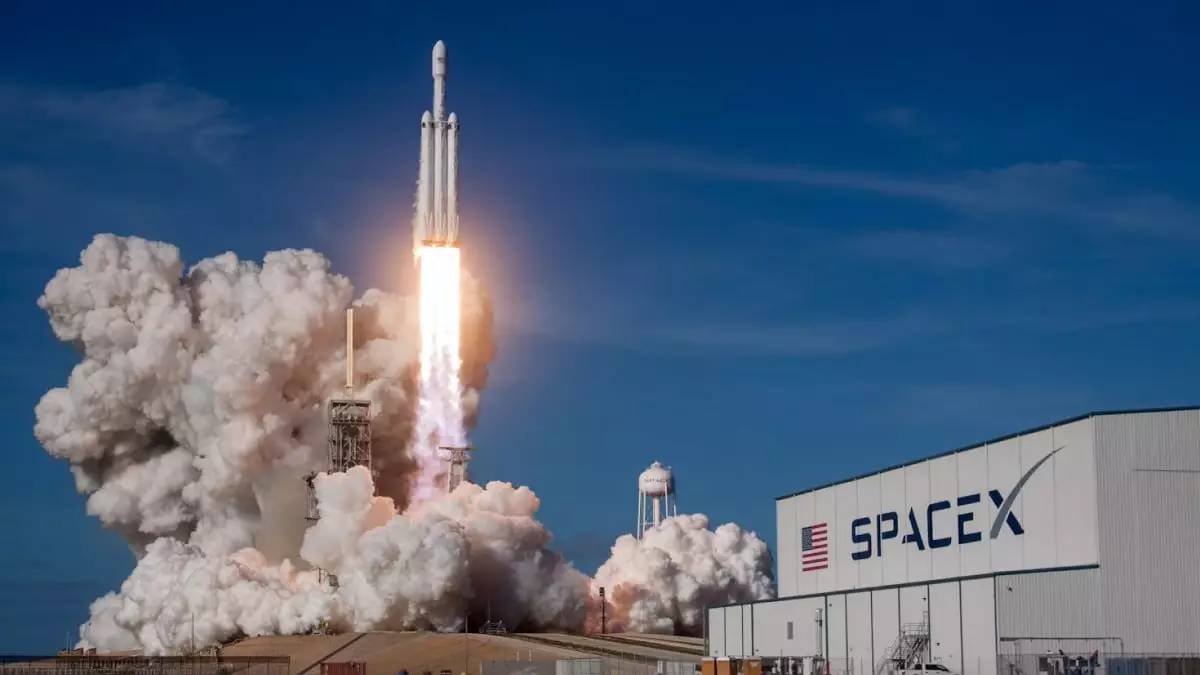On September 12, 2024, a remarkable event unfolded in the realm of space exploration as billionaire entrepreneur Jared Isaacman and SpaceX engineer Sarah Gillis ventured into the great unknown, becoming the first non-professional astronauts to execute a spacewalk. This milestone marks a significant departure from traditional understandings of space travel, where previously only government-trained astronauts had braved the challenges of performing tasks outside their spacecraft. Their endeavor, part of Isaacman’s Polaris Dawn mission, took place 435 miles above the Earth’s surface, showcasing how commercial enterprises can now play a pivotal role in the cosmos.
Unlike conventional spacewalks that are typically facilitated through specialized airlocks, the mission employed a groundbreaking method, with the SpaceX Dragon capsule fully exposed to the vacuum of space. This unorthodox approach introduced intricate challenges, including the critical requirement for both Isaacman and Gillis to undergo approximately 48 hours of “pre-breathing” to mitigate the risk of decompression sickness. Such innovative strategies reflect a shift toward a new era of space exploration, driven by private firms with the ambition to explore and expand the human presence beyond Earth.
Dr. Simeon Barber, a research scientist at the Open University, has praised this innovative technique, noting its divergence from traditional methods and its representation of SpaceX’s forward-thinking ethos. Their efforts embody a spirit of creativity that may redefine how space missions are executed in the future, breaking down barriers that previously defined who could venture into space and how they could do so.
The duo donned newly developed extravehicular activity (EVA) suits, equipped with a heads-up display that enhances functionality and safety. This advancement signifies a leap in technology, allowing astronauts—both professional and non-professional alike—to operate more effectively while confronting the harsh conditions of the space environment. This attention to detail not only assures safety but also amplifies the overall experience, enabling real-time monitoring and communication during the walk.
Isaacman took the lead by being the first to exit the capsule, performing suit checks before returning to assess their condition fully. Gillis followed shortly after, narrating their experiences live and connecting audiences on Earth with the remarkable realities of space travel. Such transparent communication fosters a deeper connection with the public, bridging the gap between space missions and everyday individuals captivated by the cosmos.
As the Polaris Dawn mission successfully executed this extraordinary undertaking, it set a precedent for the future of commercial space travel. This venture not only highlights significant accomplishments in the realm of private space exploration but also presents a vision for more accessible journeys to the stars. While the costs associated with such missions are high, the success of this mission suggests a roadmap that could ultimately lead to democratized access to space.
Additionally, the mission established a new milestone by setting a record for the most individuals simultaneously present in the vacuum of space, illustrating the evolving landscape of human exploration beyond our planet. These developments underline the increasing importance of private enterprises, which are becoming critical players in advancing space science and exploration, thus redefining humanity’s relationship with the universe.
The remarkable spacewalk conducted by Isaacman and Gillis epitomizes not only a personal achievement but a collective leap toward the expansive future of human space travel. As commercial endeavors like this set their sights on the stars, the possibilities for exploration and discovery remain boundless.


Leave a Reply